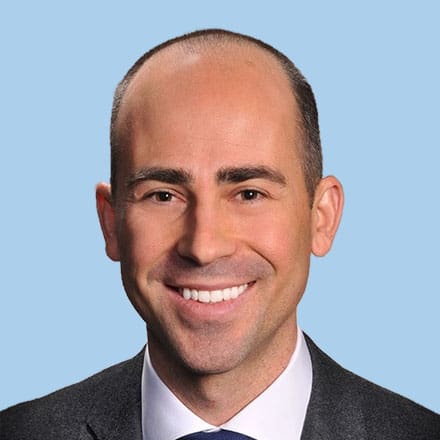Inside Angle
From 3M Health Information Systems
One way physician burnout is unique
The topic of burnout is all the rage lately. Whole conferences are designed to combat it and it is at the center of debates among healthcare delivery leaders nationwide. Its detrimental effects are clear, in terms of both poor patient outcomes and excess costs.
What are we going to do about burnout?
The answer requires a deep understanding of its core etiology. In some ways, the roots of burnout in physicians are not too dissimilar from other fields. There are many tasks to complete, little time in which to accomplish them, limited autonomy surrounding how to address them and a shortage of buy-in sought when originally setting them forth. Physicians are pulled in many directions, feeling unable to deliver a high-quality result in any one of them.
There is at least one aspect of physician burnout, however, that is indeed unique: the need to meaningfully consume large amounts and different types of health information.
Physicians were drawn to medicine to care for others and to master a body of knowledge. But as the amount of information, both scientific and patient-specific, grows exponentially, physicians are left to rapidly absorb the bulk of it solo. A recent tweet lamented: “Being a [physician] is just like working in corporate, except you have 20-minute meetings scheduled back to back, 8 hours a day, you have to take your own meeting minutes and follow up on all agenda items yourself, and then people can call you at any time – pulling you into bonus side meetings.” Some action items, if left unaddressed, may result in care delays, patient suffering, unnecessary spending or even a lawsuit.
Keeping up with the latest evidence-based practice has been helped along by services such as UpToDate. A busy day, though, does not allow for extensive researching, and even the most generous physician job protects just five days per year for continuous medical education.
Putting together the puzzle pieces of a new patient’s years of medical history, procedures and vaccines requires lengthy investigative research, if that information is available at all. In the best of all possible worlds, the office is not waiting for a return fax from a cross-town hospital or a previous primary care physician, but rather all the information is, in some form, there in the electronic medical record (EMR). Then begins the hunt through sometimes hundreds of PDF pages of unstructured office notes, discharge summaries, radiology reports, copies of handwritten prescriptions and random consent forms signed for influenza vaccines in the early 2000s. Much of that information may, at some point, become relevant.
Overall, more access to more information is a clear net positive. Patients, however, understandably expect physicians to readily organize and make sense of data from their past interactions with the health system, much like their credit card company or their favorite social media platform. But our health system is well behind most sectors in this regard.
A proper search throughout the EMR takes time, creating just one of many micro-stressors, especially when a physician is already 30 minutes behind the clinic schedule.
Many younger physicians then look up from their screen and recognize that, despite having grown up on the electronic medical record, it wasn’t always this way. Their more senior colleagues remember a simpler time. A time without administrative headaches, external oversight, or frustrating thousand-click days. Unfortunately, this was also a time without access to critical data that could have strengthened patient care or lowered costs in the most expensive system on the planet.
How do healthcare providers, who employ almost half of all physicians, work to alleviate some of these burdens to not only improve patient outcomes but also the lives of their caregivers? There must be a way that an EMR, and health technology in general, can work for both the patient and the physician.
In addition to technology advancements, support has come in the form of virtual and human scribes. It could also come in the form of care managers trained to proactively manage chronic diseases or to more directly break down barriers created by social determinants of health. Ultimately, physicians would simply benefit from more time – time to focus on the art of medicine, time for the critical thinking required to care for the patient in front of them, time to assist patients navigating a complex system, time to be a thoughtful steward of finite financial resources and time to connect through that invaluable person-to-person interaction required to nudge a patient towards health.
Physicians are eager and willing to work. They simply need the right tools to do what they were trained to do.
Travis Bias, DO, MPH, FAAFP, is a Family Medicine physician and Clinical Transformation Consultant within the Performance Matrix team at 3M Health Information Systems.
Identify problem areas, drill down to root causes and drive sustainable behavior change.


